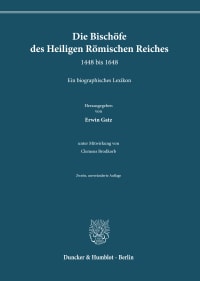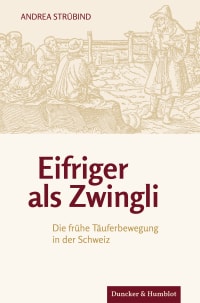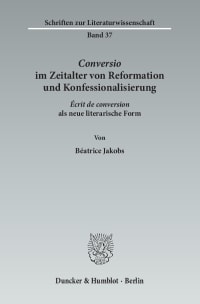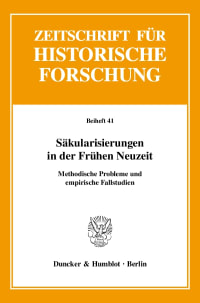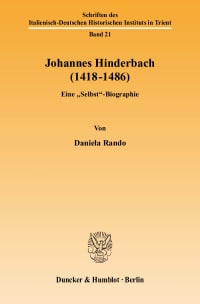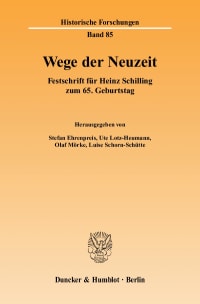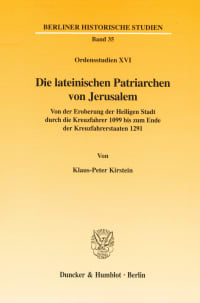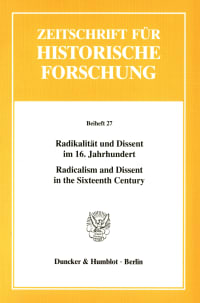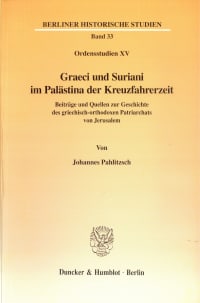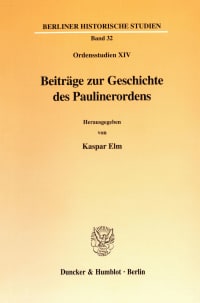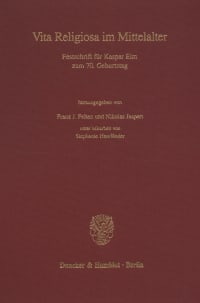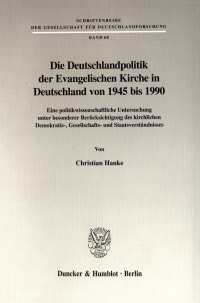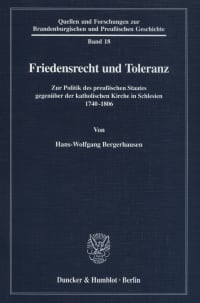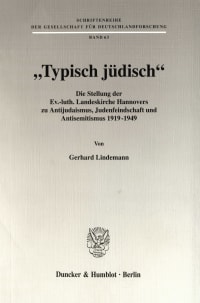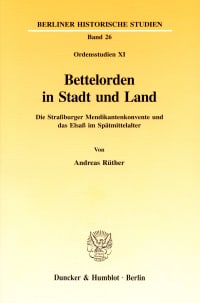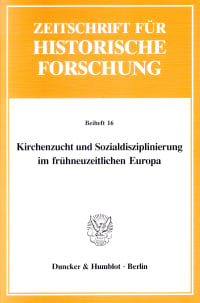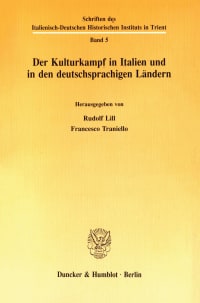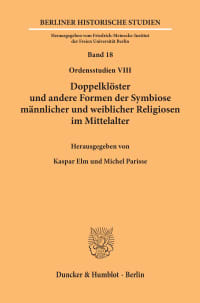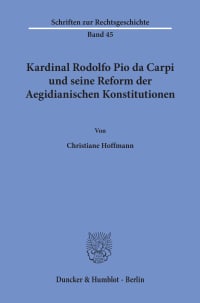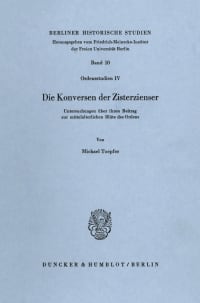Ein theologiegeschichtlicher Vergleich zwischen Islam und Christentum
Description
»The long shadow of the Hijra. A comparison between Islam and Christianity in terms of a history of theology«
The current debate on Islam is often dominated by the question of why the socio-cultural development of Islamic-influenced regions since the beginning of modern times has lagged behind the Christian-influenced Western world. Given the comparable socio-economic conditions in the Middle Ages, it is reasonable to assume that the divergent socio-cultural development of the two regions could have its roots in the different mentalities of their respective populations. Since in traditional societies mentality was decisively influenced by religion, the present study looks into and compares the medieval history of theology of the two religions.
First, the medieval development of the Caliphate and the Islamic legal and educational system is presented and how it is interwoven with Islamic beliefs. To illustrate the theological context, this is followed by a presentation of the idea of God and divine predestination. This in turn is followed by a presentation of the development of the corresponding topics in Western Christianity. In the subsequent comparison of the developments of Sunni Islam with those in Western Christianity, the reasons for the divergent development are analysed. The author concludes that the socio-cultural backwardness of Islamic regions is due to decisions of Islamic theology during the Middle Ages.
Overview
A. Entwicklung des mittelalterlichen Islam bis zum Ende des Bagdader Kalifats 1258
Die Entwicklung des Kalifenamtes – Entwicklung des sunnitischen Rechtswesens – Entwicklung des islamischen Bildungswesens – Verhältnis von göttlicher Prädestination und menschlicher Willensfreiheit – Entwicklung des Gottes- und Koranverständnisses
B. Entwicklung des abendländischen Christentums bis zum Vorabend der Reformation
Entwicklung des Verhältnisses zwischen geistlicher und weltlicher Obrigkeit – Spätantike und mittelalterliche Entwicklung des weltlichen und geistlichen Rechtswesens im westkirchlichen Christentum – Entwicklung des mittelalterlichen Bildungswesens im westkirchlichen Christentum – Entwicklung des Verhältnisses von göttlicher Prädestination und menschlicher Willensfreiheit im westkirchlichen Christentum – Entwicklung des christlichen Gottesverständnisses in Antike und Mittelalter
C. Vergleichende Analyse der dargestellten Entwicklungen im mittelalterlichen Islam sowie im abendländischen Christentum und Auswertung der Ergebnisse dieser Analyse
Vergleichende Analyse der Entwicklungen in den fünf Themenfeldern – Zusammenführung der Teilergebnisse des Vergleichs und deren abschließende Auswertung
Schlussteil: Ausblick auf die negativen Folgen der spätmittelalterlichen Verfasstheit des sunnitischen Islam für die neuzeitliche Entwicklung in dessen damaligem Verbreitungsgebiet
Nachwort: Geltungsanspruch und aktuelle Bedeutung der Untersuchung
Anhänge, Anmerkungen, Literaturverzeichnis, Personen- und Sachregister
Press Reviews
»Beide Bücher (Anm.:Tillman Nagel; Was ist der Islam?) liefern gründliches Rüstzeug für die unabdingbare Auseinandersetzung
und den Dialog mit dem Islam, auch wenn das Lesen und Verstehen Zeit, Ausdauer und manches Vorwissen erfordern.« Bodo Bost, in: Christ in der Gegenwart, Nr. 2/2019

